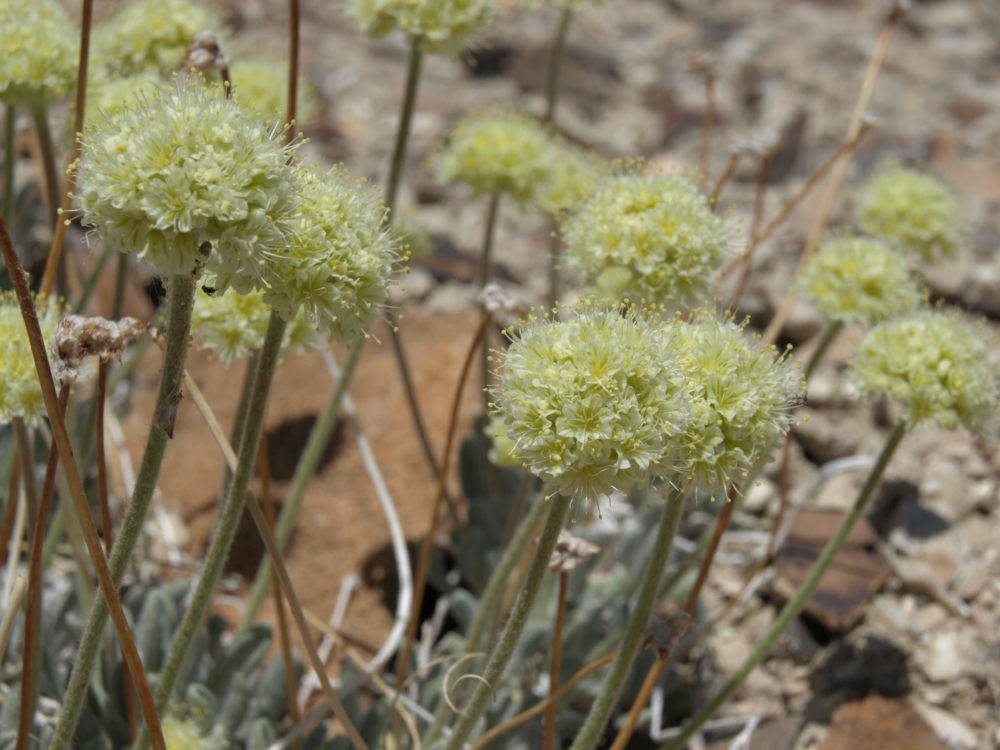Ground Breakers: Is lithium mine NIMBYism impeding the electric vehicle rollout?
Mining
Mining
Environmental and social NIMBYism – not in my backyard – is a real problem for the EV rollout.
We need an enormous amount of so-called ‘green’ or battery minerals.
But mining is a dirty business, and many communities don’t want it nearby even if the result is a net positive for the global environment and the economy.
“At a time when mining is becoming more difficult, we will dramatically and exponentially need to crank up mining worldwide in order to mine the resources that will facilitate EVs and the infrastructure necessary to create the energy for them to function,” Minelife analyst Gavin Wendt told Stockhead.
“Environmentalists cheering the demise of the ICE vehicle and the move away from oil will be horrified by the environmental consequences of the massive increase in surface mining that will take place around the globe to power EVs, along with building their charging infrastructure and electricity distribution networks.
“The sheer scale of metals that will be required is mind boggling. What we are doing is potentially swapping one lot of environmental consequences for another.”
Advanced lithium project developer ioneer (ASX:INR) is one stock currently wrestling with America’s stringent environmental permitting processes.
Long suffering shareholders would be acutely aware of its titanic struggle with this little guy, called Tiehm’s buckwheat:

In today’s AGM address, INR chairman James Calaway says it has been challenging “to find a reliable solution that all relevant parties can agree ensures the successful co-existence of Tiehm’s buckwheat and our lithium mine”.
It is the main impediment to the development of Rhyolite Ridge – the US’ most advanced lithium project — but INR believes there’s light at the end of the tunnel.
“The United States is a great county to work, and a great place to own rare productive assets supporting the electrification of domestic transportation,” Calaway says.
“Today there is just one minor piece of domestic lithium production, and no project is as well positioned as Rhyolite Ridge to expand critically needed lithium and boron production.
“We are confident that the work completed this past year will bear fruit in the coming year and allow ioneer to proceed with construction.
“As soon as the final permit is issued by the Federal government, we will be fully ready to proceed immediately to construction of our important project.”
Calaway warned that construction costs could be “materially higher” than the $US785m estimated in the 2020 BFS.
“There is no escape from the fact that material and construction costs are currently materially higher,” he says.
“While this risk exists, we are also beginning to see some early deflationary signals driven by reduction in construction activities around the world.”
Fortunately, forecasts for both lithium and boric acid prices are also up substantially since 2020.
“These factors tend to offset one another, and we are confident will result in an overall positive economic outcome supporting FID,” Calaway says.
Recent Chilean media reports (which a brief search by yours truly was unable to find) have called into question the legal standing of Lithium Power International’s (ASX:LPI) 100% owned Maricunga lithium brine project concessions and permitting.
LPI’s position according to Chilean law is solid, the company said today.
“This has been reinforced by multiple legal positions during the last three years from the large and specialist law firms in Chile,” it says.
“LPI has absolute confidence in the Chilean legal system and in its strict compliance by its authorities, including Ministers, where only the Courts have the jurisdiction to interpret laws.
“These authorities have approved and supported LPI in the development of the project from its inception, always ensuring equal treatment and protection for foreign investors in Chile.”
There has also been significant public support from regional authorities and local indigenous communities, it says.
LPI wants to begin construction at Maricunga in 2023.
An updated definitive feasibility study, usually the most advanced of mining studies, envisaged average earnings before tax of $US324m from 15,200tpa of LCE production over 20 years.
An operating cost of $US3,718 per tonne could mean big profit margins at current lithium prices above $US70,000t.
The project will cost ~$US626m to build.